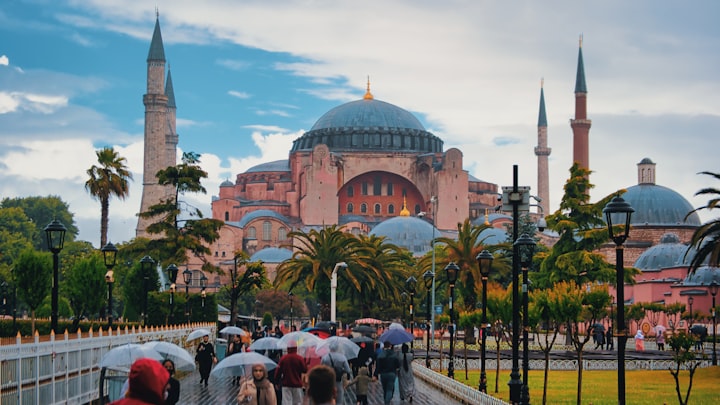How to plan 5th generation city
modren city plan

Planning for Smart Cities of the Future: A Complete Guide
Introduce:
As urbanization continues to shape the world, cities face significant challenges in ensuring sustainable development and improving the quality of life for their residents. Smart cities have emerged as a promising solution, integrating cutting-edge technologies and data-driven systems to improve efficiency, livability and sustainability. This article provides a comprehensive guide to planning for future smart cities, including key considerations, strategies, and best practices.
I. Define vision:
Perform a comprehensive needs assessment:
Identify existing urban challenges (e.g. transport, energy, waste management, public safety). Assess current infrastructure and technology capabilities. Collaborate with stakeholders, including residents, businesses, and local governments, to gather information and expectations. Establish a clear vision:
Define the overall goals and objectives of the smart city initiative. State the desired outcomes in terms of sustainability, quality of life and economic growth. Ensure that the vision matches the specific needs and aspirations of city residents. II. Infrastructure and connectivity:
2.Robust digital infrastructure:
Invest in a high-speed broadband network to ensure seamless connectivity. Develop a reliable and scalable data infrastructure to manage information flows. Leverage public-private partnerships to leverage expertise and resources for infrastructure development. Integration of the Internet of Things (IoT):
Deploy IoT sensors and devices across the city to collect real-time data. Establish an open data platform to aggregate and analyze collected data. Implement data security and privacy measures to protect sensitive information. III. Transportation and mobility:
3.Sustainable transport:
Promote public transport systems, including buses, light rail and metro. Encourage the use of electric vehicles and establish charging infrastructure. Implement intelligent traffic management systems to optimize traffic flow and reduce congestion. Integrated mobile solution:
Develop seamless multimodal transportation options (e.g. bike sharing, carpooling). Enables real-time sharing of information for passengers through a mobile app. Encourage pedestrian-friendly infrastructure and advocate for non-motorized traffic. IV. Energy and resource management:
4.Integration of renewable energy:
Promote the use of renewable energy sources (solar, wind, etc.) to produce electricity. Deploy smart grids to optimize energy distribution and consumption. Encourage energy efficient practices in buildings and public spaces. Waste management and sustainability:
Implement effective waste management systems, including recycling and composting. Encourage people to reduce waste production through awareness campaigns. Deploy smart sensors to monitor waste levels and optimize collection routes. V. Governance and citizen participation:
5.Collaborative Administration:
Foster partnerships between the public and private sectors, academia and civil society. Establish clear governance structures and policies for decision-making. Build effective coordination and collaboration mechanisms among stakeholders. Citizen engagement and engagement:
Use digital platforms to engage citizens in decision making. Encourage citizen feedback through mobile apps, online polls and town halls. Foster a culture of innovation and co-creation by supporting civic initiatives. BECAUSE. Security and privacy:
6. Network security:
Develop robust cybersecurity measures to protect against cyber threats. Implement secure encryption protocols and authentication systems. Perform regular security audits and vulnerability assessments. Data security:
Ensure compliance with data protection regulations and privacy laws. Educate citizens about data collection practices and their rights. Anonymize and aggregate data whenever possible to protect individual privacy. Conclusion:
Planning for future smart cities requires a holistic approach that takes into account the diverse needs of residents, the integration of innovative technologies, and the goals of sustainable development. . By establishing a clear vision, investing in robust infrastructure, prioritizing sustainable transport and energy management, promoting citizen participation, and ensuring security and privacy, Cities can pave the way to a smarter, more livable and sustainable future. Through continuous collaboration and innovation, we can transform cities into vibrant and inclusive hubs of the future.
some future plan must parts
1 green energy
2.wast recyle plan
3.water storage
4.door to hospital rute
5 cycling roads
6 smart camara control
7.in and out roads plan





Comments
There are no comments for this story
Be the first to respond and start the conversation.